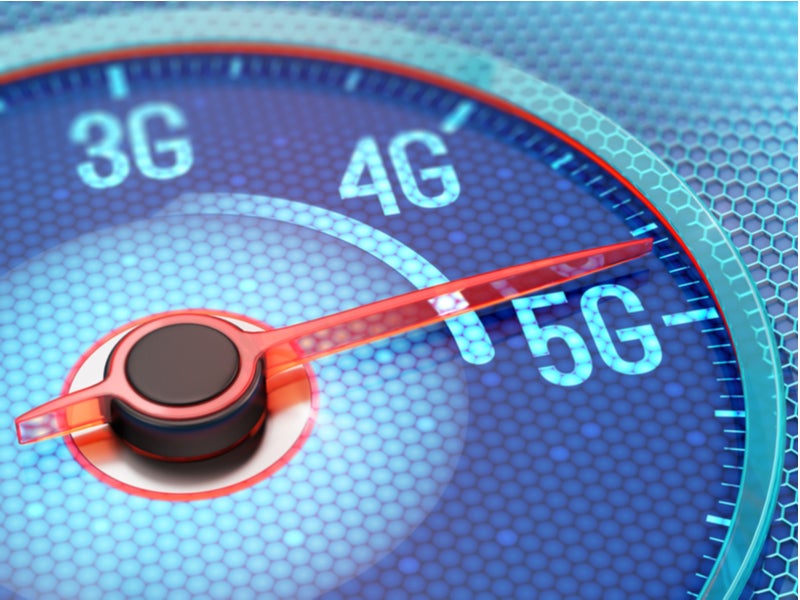
Revenue from 5G infrastructure could reach $4.2bn worldwide in 2020, according to research company Gartner.
This is an increase of 89% from the 2019 revenue of $2.2bn, suggesting that 5G will see rapid growth over the next year.
5G NR network infrastructure accounts for 6% of the total wireless infrastructure revenue of communications service providers (CSPs) in 2019, but this figure is set to double to 12% in 2020.
Sylvain Fabre, senior research director at Gartner explains how this will happen:
“For 5G deployments in 2019, CSPs are using non-stand-alone technology. This enables them to introduce 5G services that run more quickly, as 5G New Radio (NR) equipment can be rolled out alongside existing 4G core network infrastructure.”
5G revenue to climb as rollouts continue
During this year and the next, 5G services are set to launch in many major cities, with rollout already happening in the US, South Korea, Switzerland, Finland and the UK, with 7% of CSPs worldwide have already using 5G infrastructure as part of their networks.
How well do you really know your competitors?
Access the most comprehensive Company Profiles on the market, powered by GlobalData. Save hours of research. Gain competitive edge.

Thank you!
Your download email will arrive shortly
Not ready to buy yet? Download a free sample
We are confident about the unique quality of our Company Profiles. However, we want you to make the most beneficial decision for your business, so we offer a free sample that you can download by submitting the below form
By GlobalDataCSPs in Canada, France, Germany, Hong Kong, Spain, Sweden, Qatar and the United Arab Emirates have also announced plans to accelerate 5G network deployment throughout 2020.
Although communication is the main driver of 5G deployment currently, Gartner predicts that CSPs will increasingly target new industries, such as the smart factory, autonomous transportation, remote healthcare, agriculture and retail sectors.
Fabre explains that equipment vendors view 5G as a key area for investment:
“It’s still early days for the 5G private-network opportunity, but vendors, regulators and standards bodies have preparations in place. Germany has set aside the 3.7GHz band for private networks, and Japan is reserving the 4.5GHz and 28GHz for the same.
“Ericsson aims to deliver solutions via CSPs in order to build private networks with high levels of reliability and performance and secure communications. Nokia has developed a portfolio to enable large industrial organisations to invest directly in their own private networks.”
However, despite the attention the technology is currently receiving, Fabre believes that rollout will not happen overnight:
“National 5G coverage will not occur as quickly as with past generations of wireless infrastructure. To maintain average performance standards as 5G is built out, CSPs will need to undertake targeted strategic improvements to their 4G legacy layer, by upgrading 4G infrastructure around 5G areas of coverage.
“A less robust 4G legacy layer adjoining 5G cells could lead to real or perceived performance issues as users move from 5G to 4G/LTE Advanced Pro. This issue will be most pronounced from 2019 through 2021, a period when 5G coverage will be focused on hot spots and areas of high population density.”
Read more: Benefits of 5G: How the technology will change the world around us.






